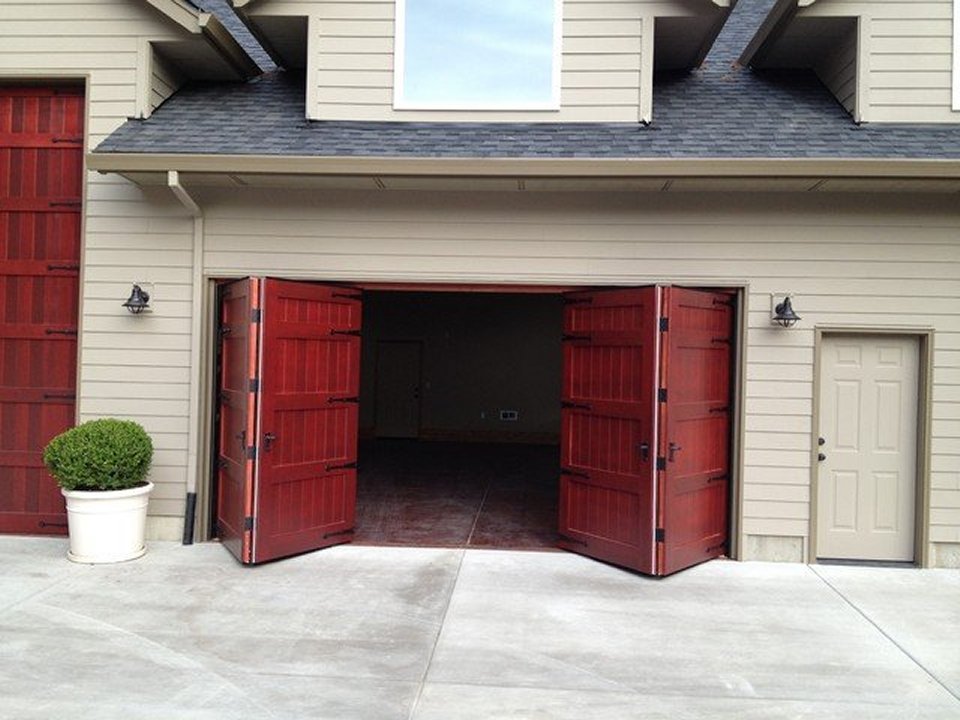Making Garage Doors Airtight

A single layer of aluminium or steel garage door material transfers hot and cold temperatures effortlessly from outside so insulation is key.
Making garage doors airtight. It shouldn t come as a surprise to hear that your garage door is probably where most of the heat loss occurs. It may also include adding thin weatherstripping between the door panels if you want to make the door as airtight as possible. Otherwise using rails will give sturdier garage doors and excellent durability because the doors will be opened by following the trails only. Garage door bottom seal.
In this case you can just use the hinge to make the door swinging if you do not much time to install the rails. You may wish to replace an older door with a modern ready. The last step of making a swing out garage doors is installing the door opener. The garage door bottom seal or door sweep is a long strip of rubber or vinyl that attaches to the bottom edge of the.
While you may have already sealed your exterior doors interior doors can also be a source of cold air for example doors between a foyer or mudroom that lead to the rest of the house. Garage door bottom seal for wood doors. Insulate the garage door. Some builders make an airtight separation wall by installing the garage side drywall then insulating from the house side with spray polyurethane foam insulation.
Stopping air leaks from the top and sides of overhead doors can make your garage more comfortable and if it s heated more energy efficient.














































